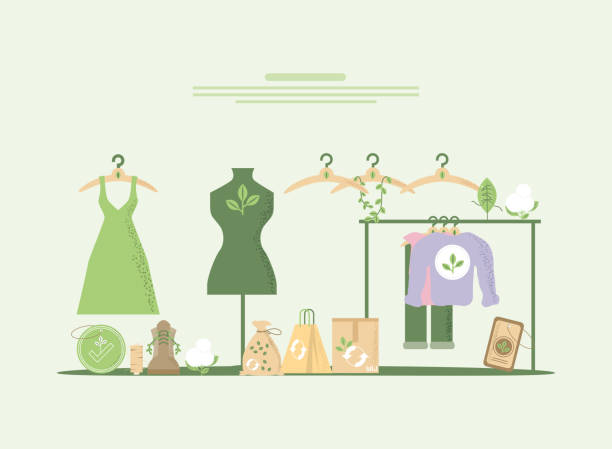Spend Less! Stay Poor!
- Raksha Prasad

- Nov 22, 2022
- 3 min read
Quality tends to come with a price. While there are ways to mitigate some of these higher costs - buy used, wait for sales, etc. - if you want to buy excellent quality items, you're inevitably going to pay a premium price.
Ever heard about the 'Boots Theory'?
The "boots theory of socioeconomic unfairness" is an economic theory first popularised by English fantasy writer Terry Pratchett in his 1993 Discworld novel Men at Arms.

Let us break it down for you:
Vimes (a character in the book) cited his boots as an example. A great pair of boots cost fifty dollars and can keep your feet dry and comfortable for a good ten years. Vimes couldn’t afford fifty-dollar boots, so went for the ten-dollar boots which leaked and lasted a year.
Add that up, and over the span of a decade, the rich man would have dry comfortable feet for fifty dollars, while the poor man would have spent 10 times that (10 dollars x 10 years = 100 dollars), and still have wet feet. Captain Samuel Vimes ‘Boots’ theory of socioeconomic unfairness” is worth remembering as we head into the turbulent economic waters of 2022 and beyond.
Of course, this extra cost is not just limited to footwear. The poverty premium describes the extra costs of our most essential items including financial services, insurance, energy, and even Fashion.
In a study conducted in the USA, it was estimated that most women, on average, will spend somewhere between $150 and $400 on clothing on a monthly basis, which equates to approximately $1,800 to $4,800 per year. In India, over the last sale season in 2022, e-commerce leaders sold approximately 50 lakh items in the first 24 hours alone!
Why Fast Fashion is Dangerous?

Fast fashion is produced when retailers constantly look at what’s in style and pump out new items almost every week. Quick and cheap fashion also means disposable fashion because most of these items don’t last in the consumer’s wardrobe for very long. Fabric quality is the first thing to be sacrificed by a Brand looking to produce styles for cheap (next to labour welfare but that's a whole other conversation).
For producers to outcompete competitors they produce clothing at unrealistically low prices and extremely fast paces. This comes at the expense of the quality of the clothing and most importantly has huge consequences for the environment, human rights, and local economies.
Understanding Boots theory in relation to Slow Fashion:

Let’s apply the boots theory to our current shopping needs and get a better understanding of where we may be going wrong.
Let’s say you buy a jacket which would be worth Rs.7,000 if you bought it from a named luxury brand, but you buy it for just Rs.1000 from your favourite fast fashion brand.
Now your friend on the other hand decides to spend that Rs.7,000 on the jacket and it lasts her for a good 7 years. Your jacket, which is a "copy" or "fast fashion version" of the same jacket would probably last you for 6 months only. You may then opt for another brand with a higher price than your previous jacket and spend Rs.2500 this time, which eventually would wear off within a year because of the quality.
Now cut to 7 years, you would have spent at least Rs.10,000 more than your friend. You will in fact end up spending more than your friend on one jacket that could have otherwise lasted you for a good number of years without you having to spend as much.
Spend Less, Save More!

Now fellow thrifters & conscious consumers, you’re in for some good news! Guess what? By Thrifting you’re buying high-quality products at affordable prices.
And the best part about thrifting is it has other added benefits too. Not only can you save money, but find unique pieces for your wardrobe and reduce your carbon footprint too!
Money makes money, but having money also saves you money. The more money you have, the more wealth you're able to build not only because you have extra to save, but also because you buy higher quality things that last, therefore spending less in the long run.
Sometimes in the effort to save money in the short term, we lose out in the long term. With the advent of Fast fashion, garment purchases have become a low-involvement purchase for us all. Maybe if we change that, and start paying attention to our purchase choices, we can help each other and the planet in efficient ways!





Comments